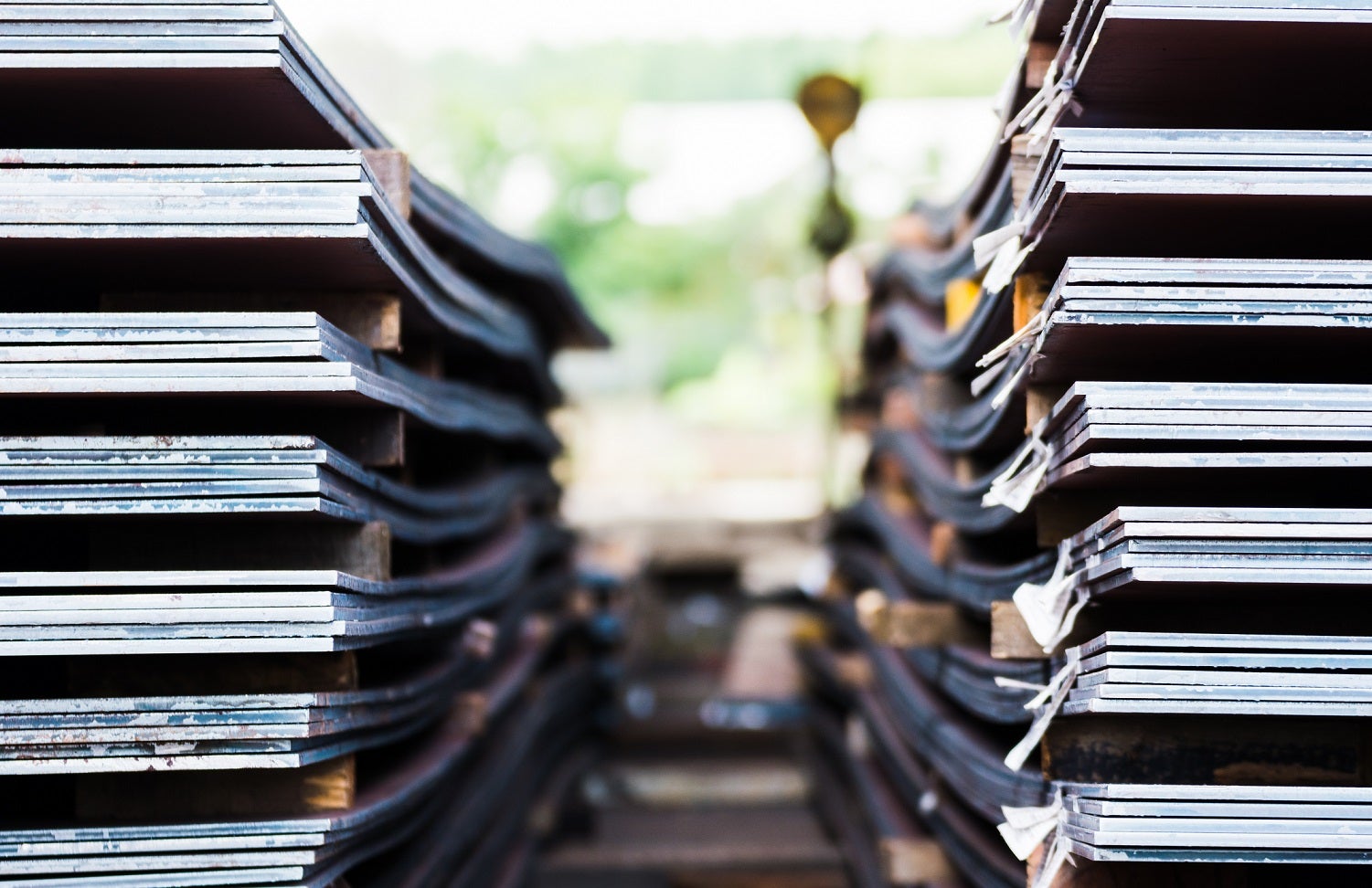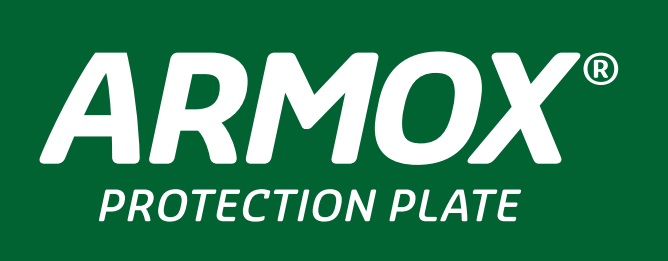
Amid the turbulence of 2020, the global steel market was forced to weather a 3.6% decline. By the end of the year it stood at a total value of $1,017.9 billion, according to GlobalData figures. Fast forward to 2025 and the industry is set to grow by over 25% – meaning it will be worth almost $1,300 billion. Production volumes are set to surge too – to 2,126.3 million tonnes, a remarkable 19% jump from 2020 levels.
Yet not all steel is created equal. In an increasingly unstable world, manufacturers are demanding materials that offer not just unwavering strength but also maintenance efficiency. This is where a new generation of weathering steels are making their mark.
Protection and resilience – whatever the weather
Weathering steel – high-strength, low-alloy, and weldable – possesses exceptional corrosion resistance. Many manufacturers are already finding it ideal for a multitude of applications; and, because lower quantities of steel can be used without sacrificing strength, its life-cycle costs are lower and sustainability credentials more impressive.
Weathering steel’s strength lies in its chemical composition. A combination of phosphorus, copper, nickel, silicon, and chromium form a unique alloy. When exposed to corrosive conditions, this alloy forms an adhering protective rust patina. Unlike the rust layers that plague other structural steel, this shield is less porous – effectively barring oxygen, moisture and other contaminants.
The result? A corrosion rate that is virtually negligible, with no need for paint or constant upkeep. Bridges, load-bearing structures, utility towers, decorative sculptures, facades and roofing can all benefit. For architects working on projects where access is challenging or risky, weathering steel is the ideal solution. But it can be a money saver in any brief where long-term maintenance costs need to be kept low.
The material is cropping up in a growing range of innovative architectural projects. A new pedestrian bridge near Lake Kuusijärvi in Finland uses weathering steel from SSAB, a trailblazer in the field, to minimise corrosion and maintenance requirements. Local architects, in search of a solution balancing timesaving, quality, and cost, found precisely what they were looking for in weathering steel. The natural patina blends in with the bridge’s surroundings while easily meeting the constraints of modern construction.
In an unstable world, these constraints are becoming more demanding all the time; building materials must deliver sustainable maintenance costs without sacrificing their protective qualities. SSAB’s Ramor 500W steel is pushing new boundaries in the industry. The material possesses high resilience against weathering, with a typical corrosion index of 7.3 according to ASTM G101-04 (an industry standard guide for measuring corrosion resistance). On top of all the benefits of weathering steel, Ramor 500W also provides ballistic-level protection for buildings and infrastructure. It boasts a formidable 500 HBW (Hardness Brinell Wolfram carbide) rating, a widely-used scale measuring material resilience, meaning it can provide protection against NATO-standard 5.56mm calibre bullets with just 6.5mm of thickness.
Making the move to modern protection
As the world evolves, so does the need for advanced protection. Financial institutions, government buildings, key infrastructure projects and security vehicles must all embrace a new level of security with military-grade armoured steel.
Against this backdrop, architectural compromise is necessary; ballistic protection rarely shares the stage with aesthetic appeal in a military context. But this is what makes SSAB’s Ramor 500W steel such a game changer. For civilian architects, the challenge lies in balancing the creation of structures impervious to external threats with the duty to ensure that the materials used are both sustainable and aesthetically complementary to their surroundings. The hardness and natural patina of weathering steel encapsulates these requirements – all while keeping costs low.
Whatever your steel needs, SSAB is on hand to help. The firm boasts decades of experience working with steel aplenty, making them the perfect partner to help you choose the material you need to guarantee a long-lasting, cost-efficient brief. Download the whitepaper on this page to find out more.


